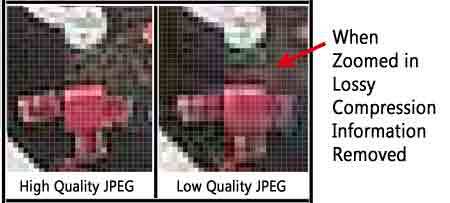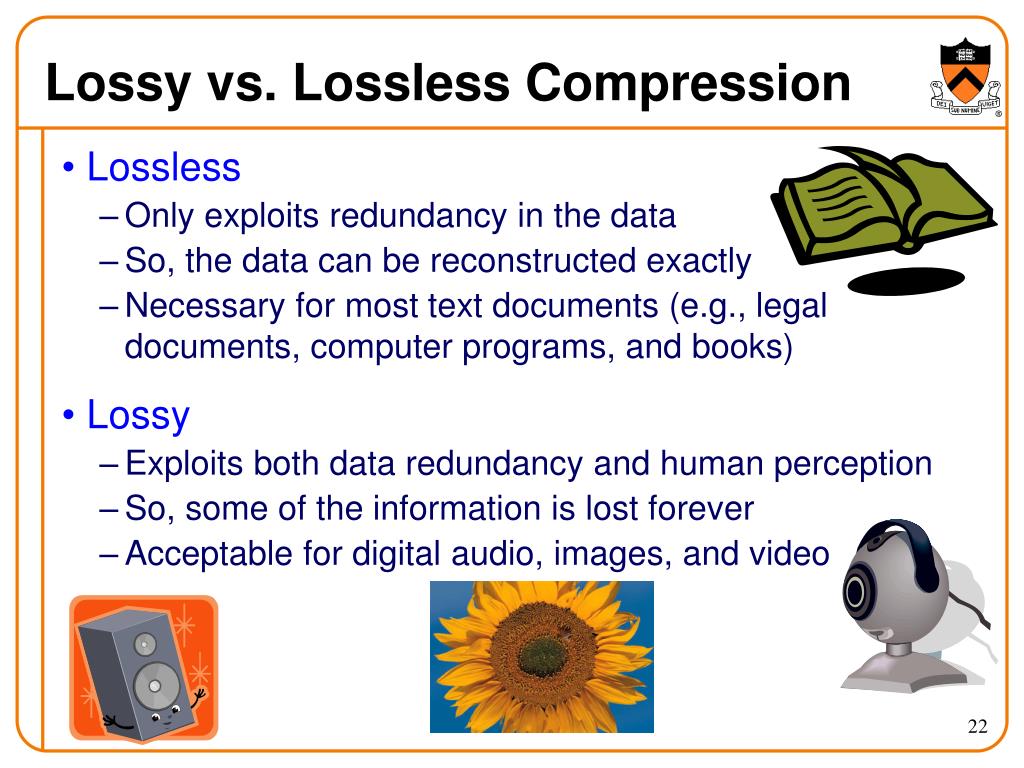
Liability and HIPAA – Medical records and their associated images are a very big deal in terms of privacy and retention. Cloud storage pricing – Physical storage may be cheap, but cloud storage is immensely popular and can become costly if large images are eating up the storage limits. Compressed images will require less bandwidth for the viewing station or device when consuming and transmitting data over the LAN and/or Internet. Storage Bottlenecks – The processing power you can get out of just a hand-held device nowadays is incredible, but there are still bottlenecks that occur in any system. This means you have to either lose image data or utilize software capable of dealing with these specialized images. The most common compression algorithms only support 8bpp images. Grayscale images – Medical imaging relies heavily on extended grayscale images, which are up to 16bpp. Many images – Modalities like CT and MRI can generate hundreds of image slices per study and take up space very rapidly without good compression. Large images – Some DICOM images can be very large microscopy images with dimensions of 61,440 x 14,848 (2.6 GB) are not uncommon. The importance of compression in Medical Imaging Like any good preschooler, you might be asking, “Why?”. 

However, when you get into the Medical Imaging market and the prevalent DICOM file format, it is a very different ballgame.

Many of the common file formats used in many applications are intrinsically compressed as well, like JPEGs and PNGs. It’s easy to take compression for granted with the availability of cheap storage.







 0 kommentar(er)
0 kommentar(er)
